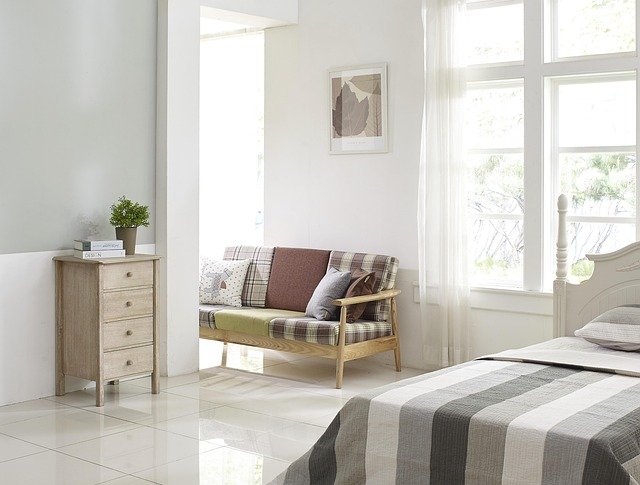Smart Furniture Shopping: A Complete Guide to Finding Quality Pieces on Any Budget
Finding the perfect furniture for your home doesn't have to break the bank. Whether you're furnishing your first apartment or updating your existing space, understanding how to shop smartly for furniture can help you create a beautiful, comfortable home while staying within your budget.

How to Evaluate Used Furniture Quality
When shopping for used furniture, carefully inspect each piece for structural integrity. Check for loose joints, wobbling, or damage to weight-bearing elements. Solid wood furniture often represents better value than particleboard alternatives, as it can be refinished and typically lasts longer. Look for manufacturer labels or stamps to verify the piece’s origin and materials.
Creating a Smart Furniture Budget
Begin by categorizing your furniture needs into essentials and nice-to-haves. Allocate more of your budget to frequently used items like beds and sofas, while being more cost-conscious with occasional-use pieces. Consider seasonal sales cycles, with the best deals typically appearing during holiday weekends and end-of-season clearances.
Common Furniture Price Ranges and Comparisons
| Furniture Type | New Price Range | Used Price Range | Average Lifespan |
|---|---|---|---|
| Sofa | $500-2,500 | $150-800 | 7-15 years |
| Dining Table | $300-2,000 | $100-600 | 10-20 years |
| Bed Frame | $200-1,500 | $50-400 | 15-20 years |
| Dresser | $200-1,000 | $75-300 | 10-20 years |
Prices, rates, or cost estimates mentioned in this article are based on the latest available information but may change over time. Independent research is advised before making financial decisions.
Money-Saving Tips for Furniture Shopping
Consider floor models and scratch-and-dent sections for significant discounts on new furniture. Many retailers offer additional savings when purchasing multiple pieces together. For used furniture, negotiate prices confidently and be prepared to check multiple sources. Watch for estate sales and moving sales in upscale neighborhoods for potential high-end pieces at bargain prices.
Long-Term Value and Investment Pieces
Focus on investing in quality for pieces that see daily use or serve as focal points in your home. Classic styles tend to retain their value better than trendy pieces. When possible, choose versatile pieces that can work in multiple room configurations or serve multiple purposes, maximizing their long-term value and utility in your home.






